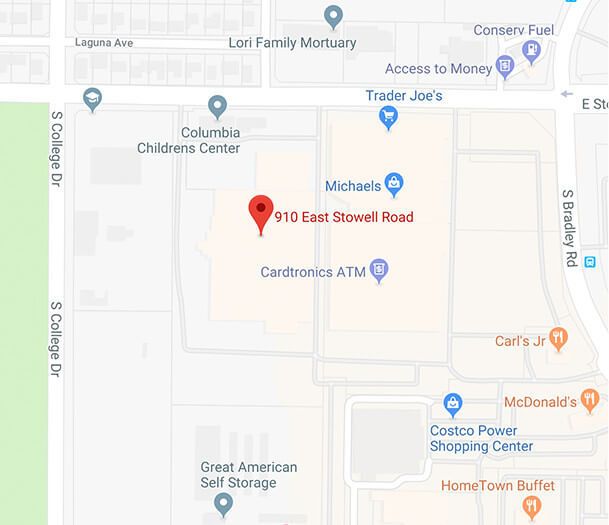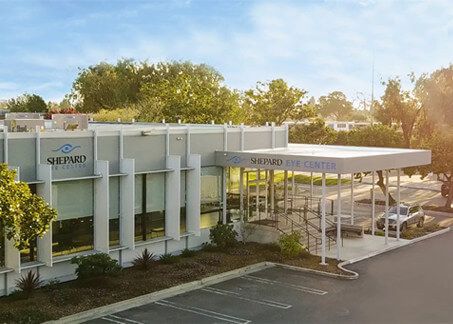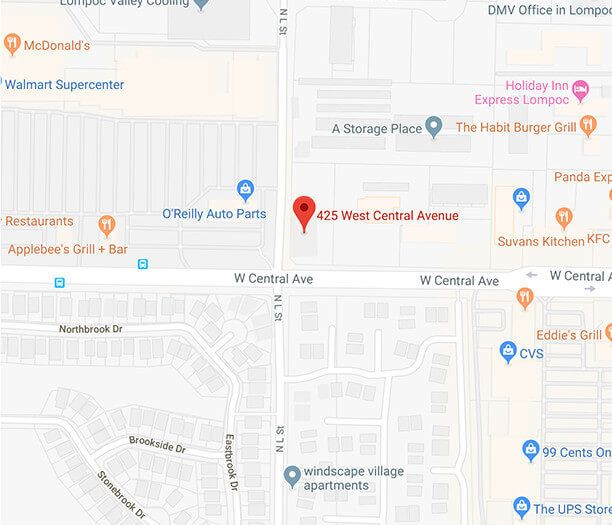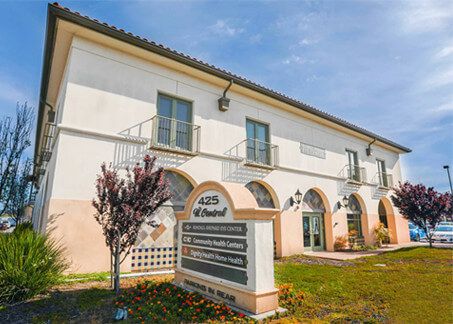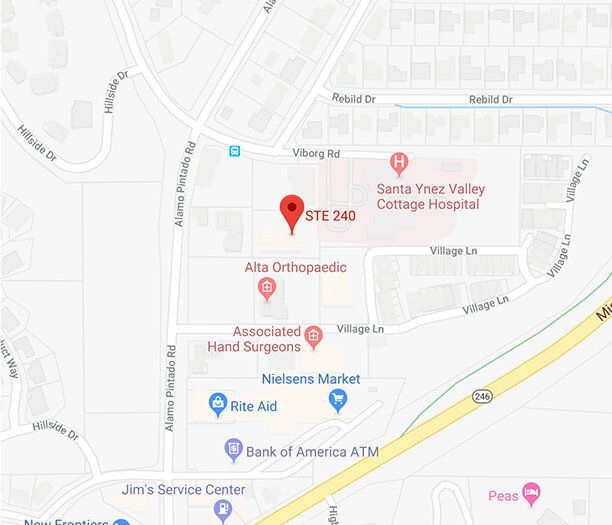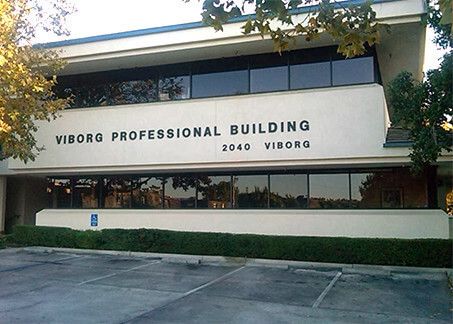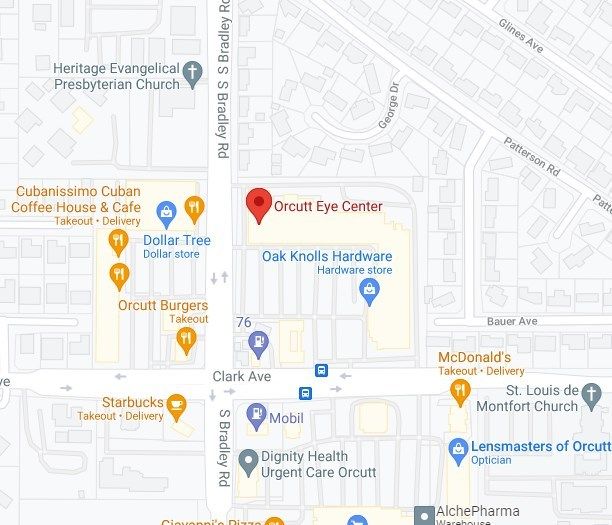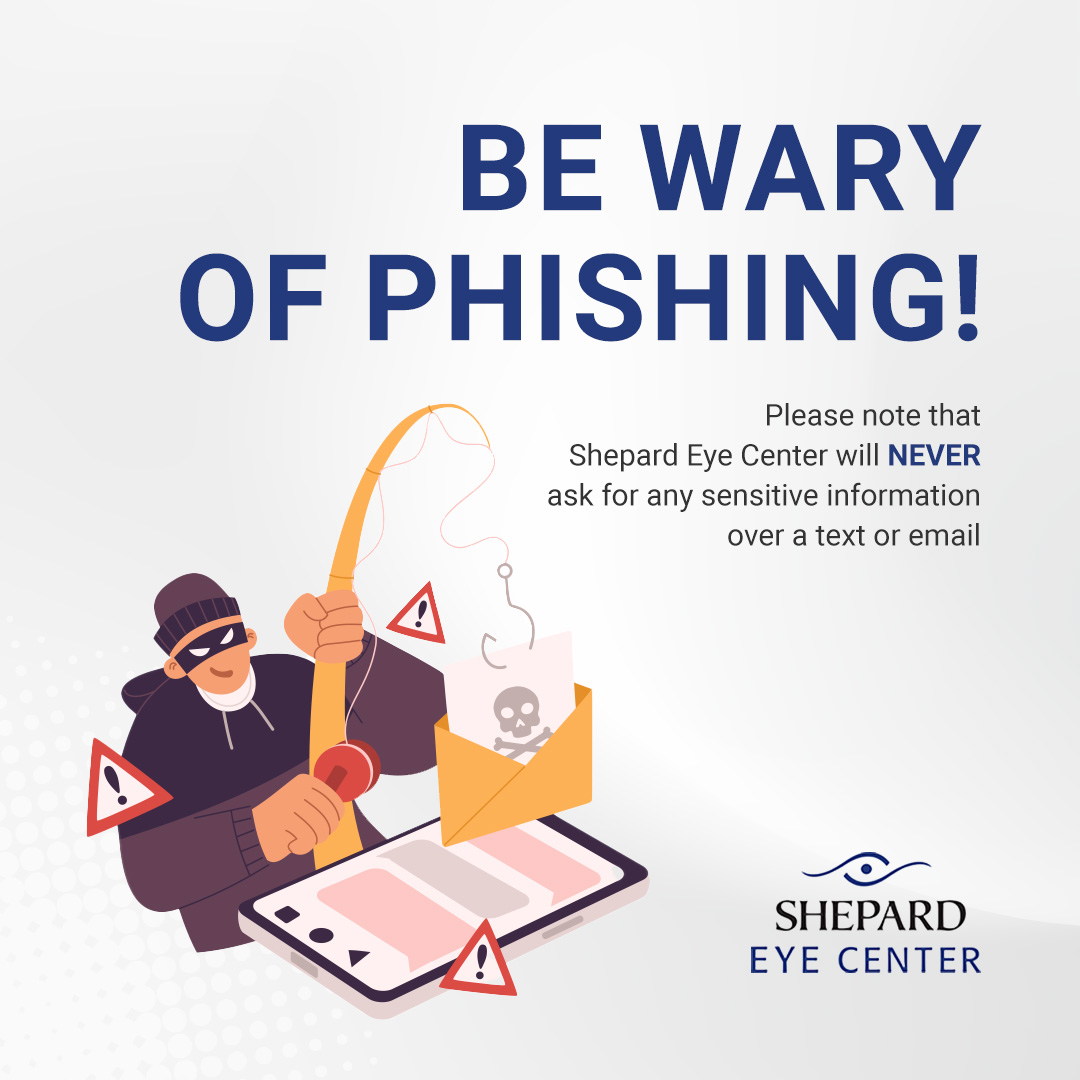
Laser-Assisted In-Situ Keratomileusis, better known as LASIK, is the form of laser vision correction surgery that most people are familiar with. In fact, it is so well known that many people don’t realize that there is more than one technique for laser vision correction. Nevertheless, LASIK remains the most common type and estimates suggest that more than 40 million procedures have been performed since it was first approved by the FDA in 1991.
LASIK laser vision correction surgery uses laser technology to gently reshape the corneal tissue so that the light is refracted properly onto the retina at the back of the eye. This corrects refractive eye errors such as myopia (nearsightedness), hyperopia (farsightedness) and astigmatism. It can be used to correct mild to moderate refractive eye errors.
Despite its popularity and FDA approval, many people understandably have some concerns about undergoing laser surgery on their eyes. This anxiousness isn’t helped by the many rumors that have been spread about how unsafe LASIK eyes and the things that can go wrong. As experienced LASIK providers, we’d like to take the opportunity to address the safety profile of LASIK and reassure our patients that when you choose to undergo LASIK laser vision correction with us, your safety is our priority and this is what makes our procedures so successful.
CustomLASIK
At Shepard Eye Center, we perform our LASIK procedures using CustomLASIK. This is a little different to the conventional LASIK and offers greater precision, reducing the risk of complications. CustomLASIK uses a special tool called a ‘wavefront analyzer’ that measures the way that light travels through the eye with minute precision and produces a detailed ‘map’ of the surface of your eye that is then programmed into the LASIK laser for your procedure. In using CustomLASIK, we are able to treat microscopic imperfections that may not be picked up during conventional LASIK, enhancing the clarity of the final result and helping treat other issues such as halos and glare.
Blade-free IntraLase
Conventional LASIK uses a blade to create the flap through which the procedure will be performed. However, our LASIK procedures are 100% blade-free as we use the IntraLase technique which involves using tiny pulses of light to form a microscopic bubble just under the surface of the eye. This creates a space in the tissue so that we can lift it away and perform the laser reshaping of the corneal tissue. This type of flap creation also heals more quickly than that in conventional LASIK since flaps created using the IntraLase technique is able to ‘lock’ back into place.
Our LASIK Candidacy Process
We understand that LASIK isn’t necessarily the safest or even most suitable solution for every patient. This is why we have a rigorous process that we use to assess the candidacy of each person that comes to us to inquire about their eligibility for LASIK laser eye surgery. This will include looking at:
The health of your eyes
Your general health and suitability for the procedure
Your current prescription and how stable your vision is
Your age
All candidates for LASIK must be at least 18 years of age, and we will not administer the treatment to any patient who does not meet our requirements. You must have healthy eyes and have had a stable prescription for at least 12 months. Each patient is assessed on a case by case basis. If we find that you are unsuitable for LASIK, we will work with you to see if there is an alternative treatment that can help you achieve clear vision without glasses or contact lenses.
With the proper candidacy assessment process and the latest techniques performed by experienced, skilled and dedicated LASIK specialists, your procedure can be carried out with an unrivaled degree of precision and predictability, making it extremely safe. If you would like to find out more about LASIK laser vision correction, please don’t hesitate to get in touch with our team in Santa Maria, Lompoc, Solvang CA to schedule an appointment.









